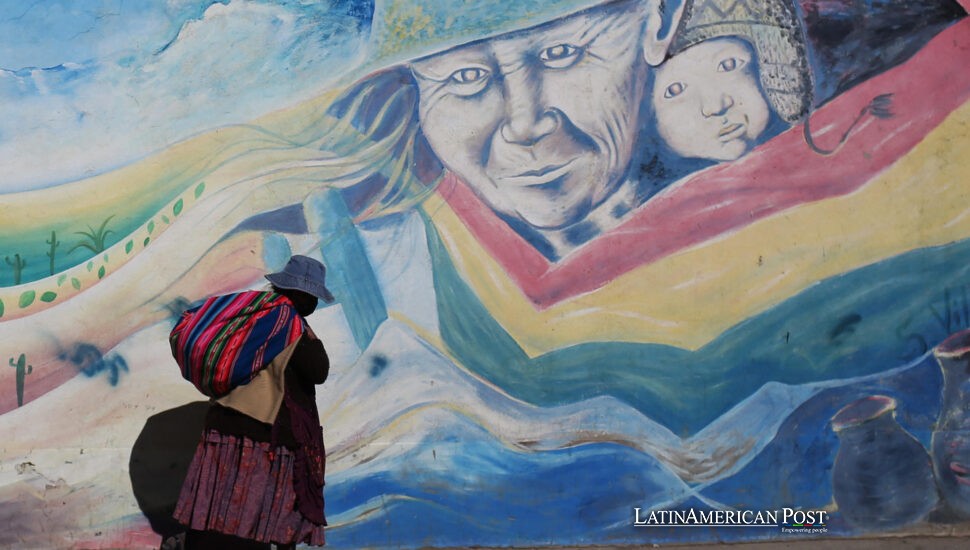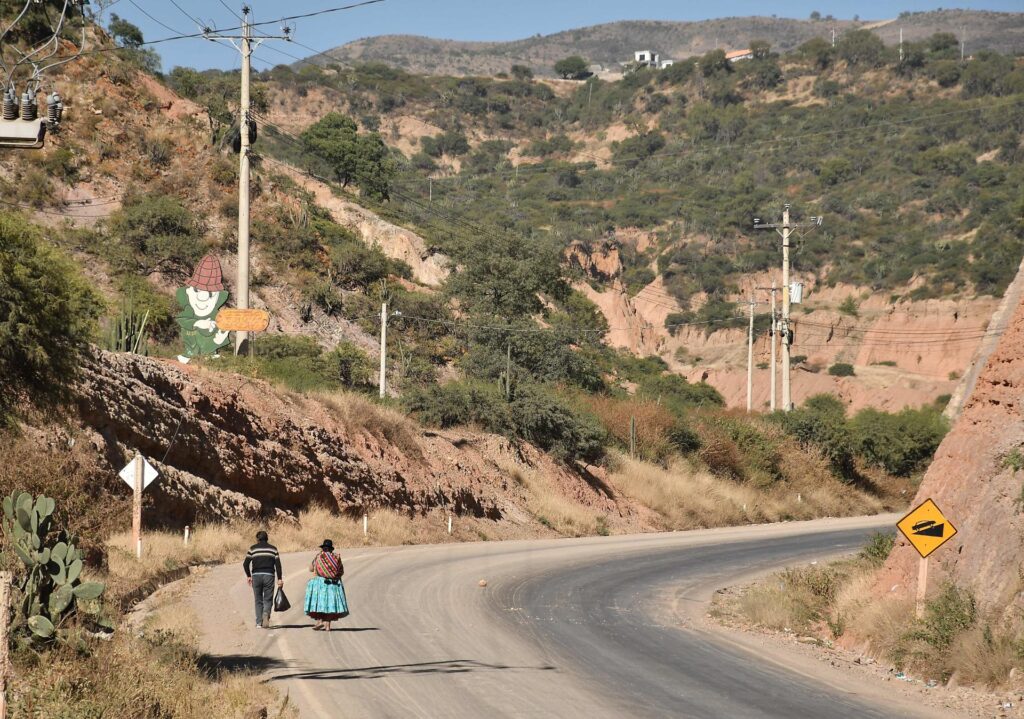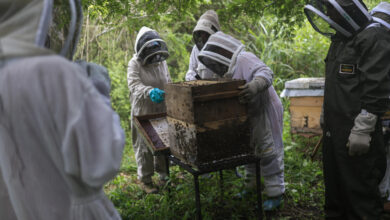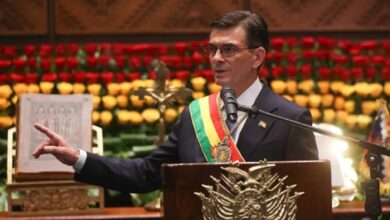Bolivia’s Declining Fertility Rate Mirrors Women’s Expanding Opportunities

Bolivian women quietly rewrite the nation’s future in kitchens, classrooms, and village squares. Over the last 25 years, the average family has shrunk from more than four children to just two, a demographic earthquake rooted in female autonomy and economic worry.
“I decide when” – the rise of women’s voices.
On the top floor of a La Paz sewing cooperative, Marleny Quispe threads crimson cloth through a whirring machine. Between stitches, she explains why she and her husband stopped at one child: “My mom had seven. I want to study, travel, choose.” That deliberate choice—study, travel, choose—is the new refrain reverberating from Andean highlands to Amazon lowlands.
United Nations Population Fund envoy Pablo Salazar calls it the engine of Bolivia’s fertility plunge. Access to long-acting contraceptives has spread even into remote municipios; secondary-school enrollment for girls has tripled since the 1990s; female labor-force participation now tops 70 percent. “When women govern their time,” Salazar tells EFE, “they trim family size to fit their dreams.”
Researchers at Universidad Mayor de San Andrés agree. Their longitudinal survey of 4,000 households shows that every extra year of schooling cuts the expected births by 0.3. The pattern holds across class and ethnicity, signaling a cultural shift more profound than any government decree.
Money worries in the market stalls
Yet empowerment travels hand-in-hand with complex arithmetic. In El Alto’s sprawling early-morning market, fruit seller Roxana Mamani counts coins before paying her stand’s daily fee. “One more mouth, another soup,” she sighs, explaining why she postponed her second pregnancy. Bolivia’s economy has grown, but wages for informal workers like Roxana hover around eight dollars daily.
The Economic Commission for Latin America and the Caribbean notes that although more women work, six in ten remain outside formal contracts, receiving no maternity leave or childcare. Those pressures weigh heavily on reproductive decisions.
Inequality carves a geographical fault line as well. Teen pregnancy in the Amazon department of Pando is twenty times higher than in central La Paz, a gap Salazar labels “unacceptable and fixable.” Rural clinics often run out of contraceptive supplies by mid-month; secondary schools may sit three bus rides away. Academic teams from Universidad Católica Boliviana argue that closing those service deserts would lower adolescent births faster than any national media campaign.

Two Bolivias: patio courtyards and river hamlets
National averages hide two contrasting stories. Cities like Santa Cruz now post fertility rates of 1.9, while river communities in Beni hover near 3.0. The 2023 Demographic and Health Survey charts a nation caught between shrinking nuclear families and traditional large households.
Those diverging curves raise strategic alarms for statistician Humberto Arandia, head of the Institute of National Statistics. Should the urban trend dip below the 2.1 “replacement level,” Bolivia could face an aging crunch within a generation—a prospect already haunting wealthier neighbors. “Better to prepare now than scramble later,” he warns.
Salazar counters that the real emergency lies elsewhere: “First guarantee safe childhoods for the children we have—clean water in Potosí, safe buses for schoolgirls in Chuquisaca—then talk about pro-natalist incentives.” His point echoes FLACSO demographers who argue that quality of life, not head counts, should anchor policy.
Choosing smaller families envisioning bigger futures.
On a sun-baked hillside outside Cochabamba, the community of Sora Sora gathers for a Saturday health fair. Nurse Yesenia Flores lays out contraceptive options next to brochures on micro-loans and agricultural training. Mothers linger, babies slung in aguayos, listening as Flores describes dreams once out of reach: diplomas, storefronts, legal titles to their land.
Every new aspiration chips away at the old equation that more children meant more farmhands. Mobile phone coverage, remittance income, and TikTok glimpses of city life accelerate the cultural pivot. As 19-year-old student Lucero Choque declares while filling out a university application, “My grandmother’s strength feeds me—but her path does not have to be mine.”
Demographers call it population momentum: even with low fertility, Bolivia’s youthful age pyramid will keep births robust for another decade. That grants a window for wise investment—child nutrition, STEM classrooms, and roads that knit rural girls into the future workforce. Miss it, warns UNFPA’s regional brief, and disparities will harden.
For now, Bolivia’s soundscape is changing: fewer newborn cries in adobe courtyards and more bilingual graduation speeches echoing across highland stadiums. Whether legislators eventually dangle tax breaks for larger families, the deeper narrative is written in the choices of women like Marleny, Roxana, and Lucero—choices guided by agency rather than accident.
The sewing machine hum resumes on the top floor in La Paz. Marleny clips a finished sleeve, eyes shining with quiet certainty. “Dos hijos máximo,” she repeats, “porque también quiero coser para mí.”
Also Read: Mexico City Crime Shocks, Denting Its Safe-Haven Image
In that simple sentence—I also want to stitch something for myself—resides Bolivia’s demographic revolution: fewer births, yes, but an expanding horizon for half the nation’s citizens. What remains is for policy to catch up with the resolve already alive in classrooms, markets, and clinics from Titicaca to the Amazon.




